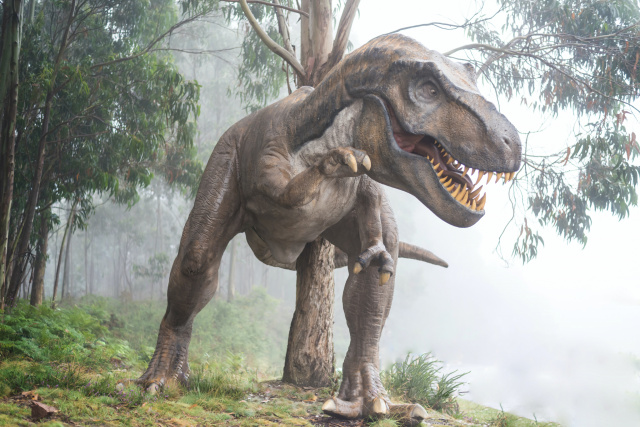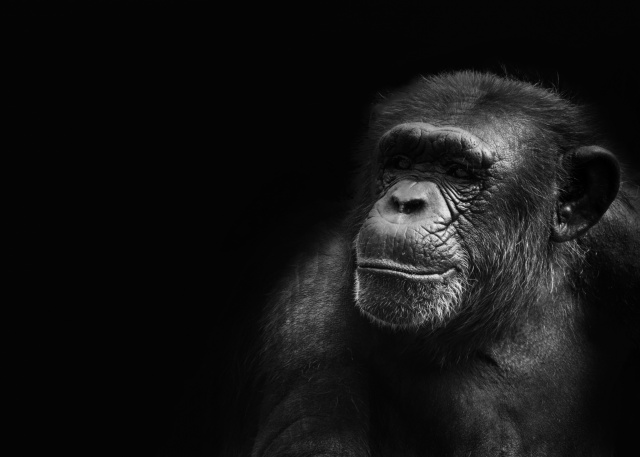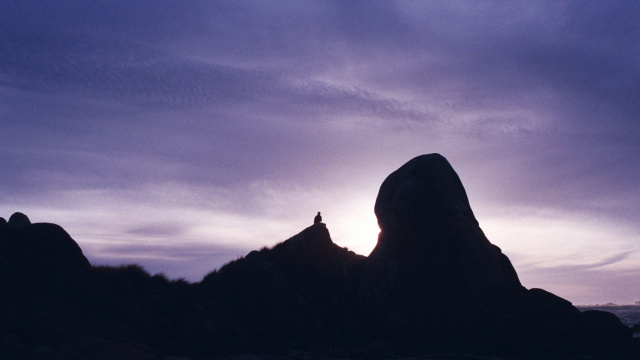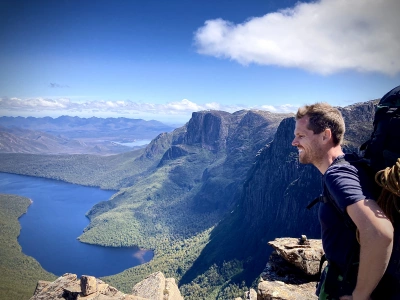Life on Earth
The earliest forms of life on Earth were single-cell organisms, which arose from the ‘primordial soup’, (an organic compound rich solution of the early Oceans) of the early life of our planet. Over the course of 3 billion years, these earliest of life forms then gradually evolved into ever more complex organisms, such that fungi, protozoa, plants, sponges, corals, sea anemones, molluscs and crustaceans began to appear and then made their way across the surface of our planet.

Over the next 250 million years, fishes, rays, scorpions, lichens, insects, sharks, forests, ferns, amphibians and reptiles flourished throughout planet Earth.
In the period from 250 million years ago until 66 million years ago – Dinosaurs such as the Plateosaurus, Brachiosaurus, Stegosaurus and Tyrannosaurus appeared and became the dominant land animal on planet Earth. The first mammals appeared on planet Earth during this period, but lived in the dinosaurs’ shadow.

Then 66 million years ago, a cataclysmic event, thought to be the impact of a massive asteroid or comet, led to the sudden mass-extinction of three-quarters of the plant and animal species on planet Earth. This wiped out the dinosaurs excepting birds – which evolved from the remnants of the flying dinosaurs. In the wake of this mass-extinction event, mammals flourished, diversified and became the dominant animal type on Earth. Of the different types of mammals that appeared on Earth during this period, our ancestors, the first true primates, arrived on our planet 60 million years ago.

Between 14 and 4 million years ago, the last common ancestor between ourselves and the chimpanzee lived on planet Earth. Around 2.5 million years ago, the first members of the Homo group of animals, our direct ancestors, existed on Earth. A number of different species of humans then lived on planet Earth before 250,000 years ago, our species, Homo Sapiens, arrived.

“This is the assembly of life that took a billion years to evolve. It has eaten the storms – folded them into its genes – and created the world that created us. It holds the world steady.” - Edward O Wilson.
Read More
More about life on Earth

Humans and Earth
Amazon Basin
The Amazon River basin encompasses the largest rainforest ecosystem and up to 30% of all of the species of plants and animals on planet Earth
Maasai Mara
Maasai Mara is the northern reaches of the Mara-Serengeti ecosystem, one of the most important wildlife areas and wild landscapes in Africa

Phill Pullinger
The earliest forms of life on Earth were single-cell organisms, which arose from the ‘primordial soup’, (an organic compound rich solution of the early Oceans) of the early life of our planet. Over the course of 3 billion years, these earliest of life forms then gradually evolved into ever more complex organisms, such that fungi, protozoa, plants, sponges, corals, sea anemones, molluscs and crustaceans began to appear and then made their way across the surface of our planet.

Over the next 250 million years, fishes, rays, scorpions, lichens, insects, sharks, forests, ferns, amphibians and reptiles flourished throughout planet Earth.
In the period from 250 million years ago until 66 million years ago – Dinosaurs such as the Plateosaurus, Brachiosaurus, Stegosaurus and Tyrannosaurus appeared and became the dominant land animal on planet Earth. The first mammals appeared on planet Earth during this period, but lived in the dinosaurs’ shadow.

Then 66 million years ago, a cataclysmic event, thought to be the impact of a massive asteroid or comet, led to the sudden mass-extinction of three-quarters of the plant and animal species on planet Earth. This wiped out the dinosaurs excepting birds – which evolved from the remnants of the flying dinosaurs. In the wake of this mass-extinction event, mammals flourished, diversified and became the dominant animal type on Earth. Of the different types of mammals that appeared on Earth during this period, our ancestors, the first true primates, arrived on our planet 60 million years ago.

Between 14 and 4 million years ago, the last common ancestor between ourselves and the chimpanzee lived on planet Earth. Around 2.5 million years ago, the first members of the Homo group of animals, our direct ancestors, existed on Earth. A number of different species of humans then lived on planet Earth before 250,000 years ago, our species, Homo Sapiens, arrived.

“This is the assembly of life that took a billion years to evolve. It has eaten the storms – folded them into its genes – and created the world that created us. It holds the world steady.” - Edward O Wilson.
Read More
More about life on Earth

Humans and Earth
Amazon Basin
The Amazon River basin encompasses the largest rainforest ecosystem and up to 30% of all of the species of plants and animals on planet Earth
Maasai Mara
Maasai Mara is the northern reaches of the Mara-Serengeti ecosystem, one of the most important wildlife areas and wild landscapes in Africa
You might like...

Alec's Story about Arrokoth

Don't Think of an Elephant: Framing in public debate

Walking on Bruny Island

A place to call home
Newsletter
Sign up to keep in touch with articles, updates, events or news from Kuno, your platform for nature
